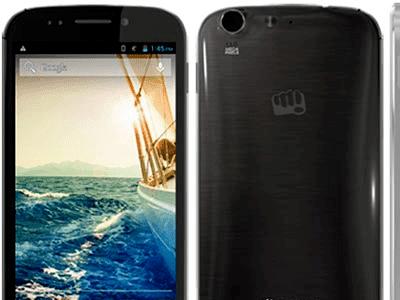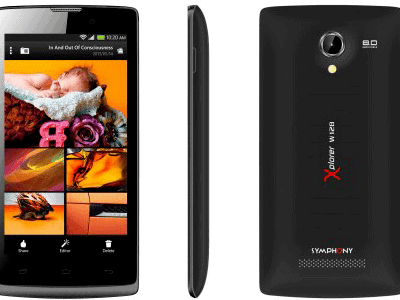For the last few years it was just a dream, but now this could be the reality in future handheld and electronic devices. I am talking about displays that are flexible and foldable.
The display industry has noted a series of transformations in the last one decade, wherein the market evolved from CRT to plasma displays and now to LCD and LED displays. LCD and LED displays have become the displays of current electronic devices, with a shift taking place towards advanced LED displays or OLED displays.
Flexible displays came into the limelight in the year 2006, when Philips demonstrated its foldable display prototype. At present, flexible displays are in the R&D stage and it will be still some time before products based on these are available commercially.
The major hurdle that researchers faced while designing flexible displays was the use of glass. Displays made of glass do not support bending and are thick and heavy.
To make these displays commercially viable, researchers are working to combine polymer and foil substrates with thin film transistor (TFT) back plates, with the ultimate aim to produce a thin, flexible, clear substrate that also has barrier properties of glass.
Companies like Samsung, LG and Nokia are working to bring out smartphones and Tablets that are based on such flexible displays. Samsung recently demonstrated its prototype smartphone based on flexible display technology, developed under the “YOUM” flexible display line. The YOUM foldable display uses a thin plastic, which makes it bendable and virtually unbreakable even when dropped.
The major advantages that are associated with flexible displays are that these are slim, light and highly durable. In-spite of several advantages, there are also certain shortcomings. Traditional displays that use glass keep away moisture from the device, thereby protecting the internal circuits. However, flexible displays are not as resistant to moisture as traditional displays made of glass. Also, these displays can undergo wear and tear after certain time period.
Several companies like Atmel, E-Ink, LG, AU Optronics, Atmel, Plastic Logic, HP, Flexible Display Center, Nokia, Samsung, Sony, Philips, DuPont Display et al, are working in this area to bring out commercially viable flexible displays.
CMR expects that in the coming years, flexible displays will become the preferred displays of consumer products like smartphones, TV sets, Tablets, laptop PCs, e-Readers etc., with smartphones, Tablets and e-Readers accounting for a majority of flexible display market revenues.












